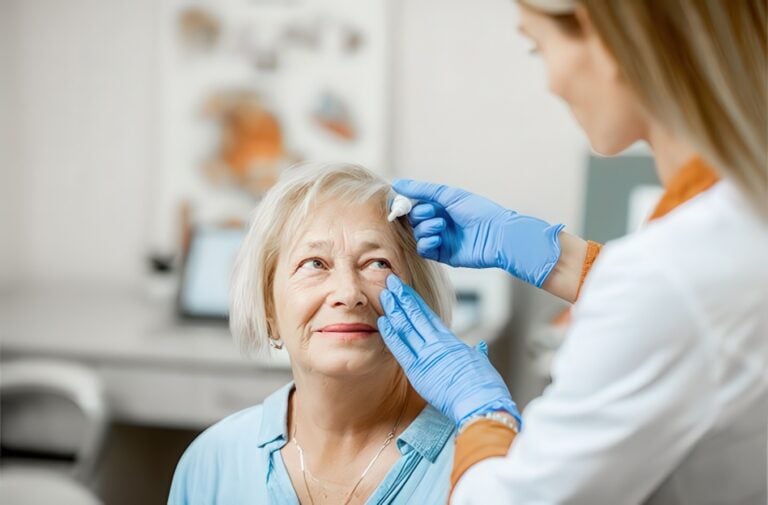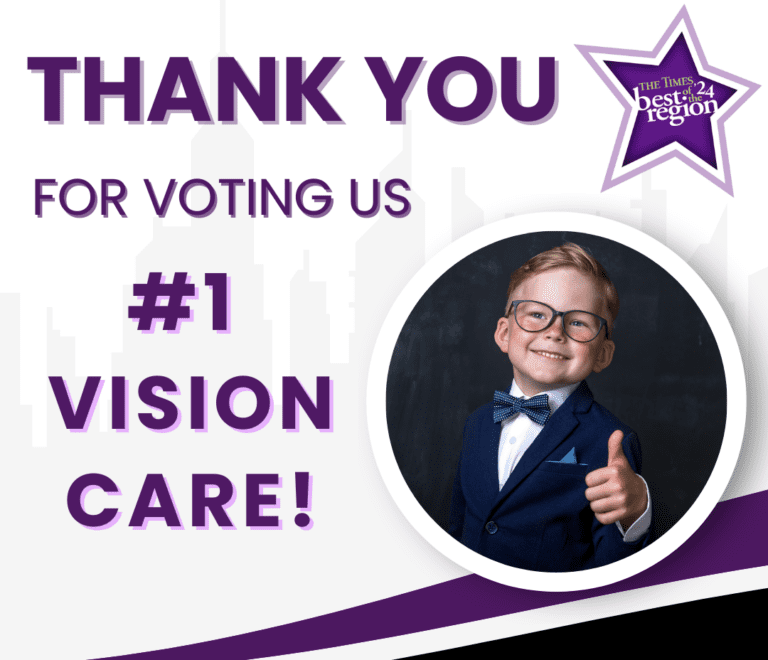
How Diabetes Affects Your Eyes and What You Can Do About It
How Diabetes Affects Your Eyes: How Diabetes Impacts Your Eyes and What You Can Do About It Diabetes is a chronic condition that impacts many

How Diabetes Affects Your Eyes: How Diabetes Impacts Your Eyes and What You Can Do About It Diabetes is a chronic condition that impacts many

We’re proud to share that Levin Eye Care Center has been named the 2025 Best Vision Care Provider in Northwest Indiana by readers of The Times of Northwest Indiana in this

Levin Eye Care Center | Whiting Eye Doctor Near Me If you’ve been struggling with vision issues that seem unsolvable or have been told you’re

Have you ever wondered what causes all the different eye colors out there?

The human eye’s complex structure makes it susceptible to a range of conditions.

When to Visit Your Eye Doctor in Whiting, IN for Dry Eyes Dry eyes are more than just an inconvenience—they can significantly impact your quality

Being sleep-deprived can hit the body like alcohol, but how does it affect our eyes?

We are thrilled to celebrate a major milestone for one of our former vision therapy graduates! Congratulations to Robbie on earning his college degree!

Our world is becoming more digital every day, so we must protect our kids’ eyesight. So, whether you’re a parent or grandparent, here are some

We’re Number One Again! We are overjoyed to share that Levin Eye Care Center has been voted the #1 Eye Care Center in Northwest Indiana
Monday: 9am – 5pm
Tuesday: 10am – 5pm
Wednesday: Closed
Thursday: 9am – 5pm
Friday: 9am – 5pm
Saturday: 8am – 12pm
by appointment only
Sunday: Closed
(Closed 1pm-2pm for lunch)